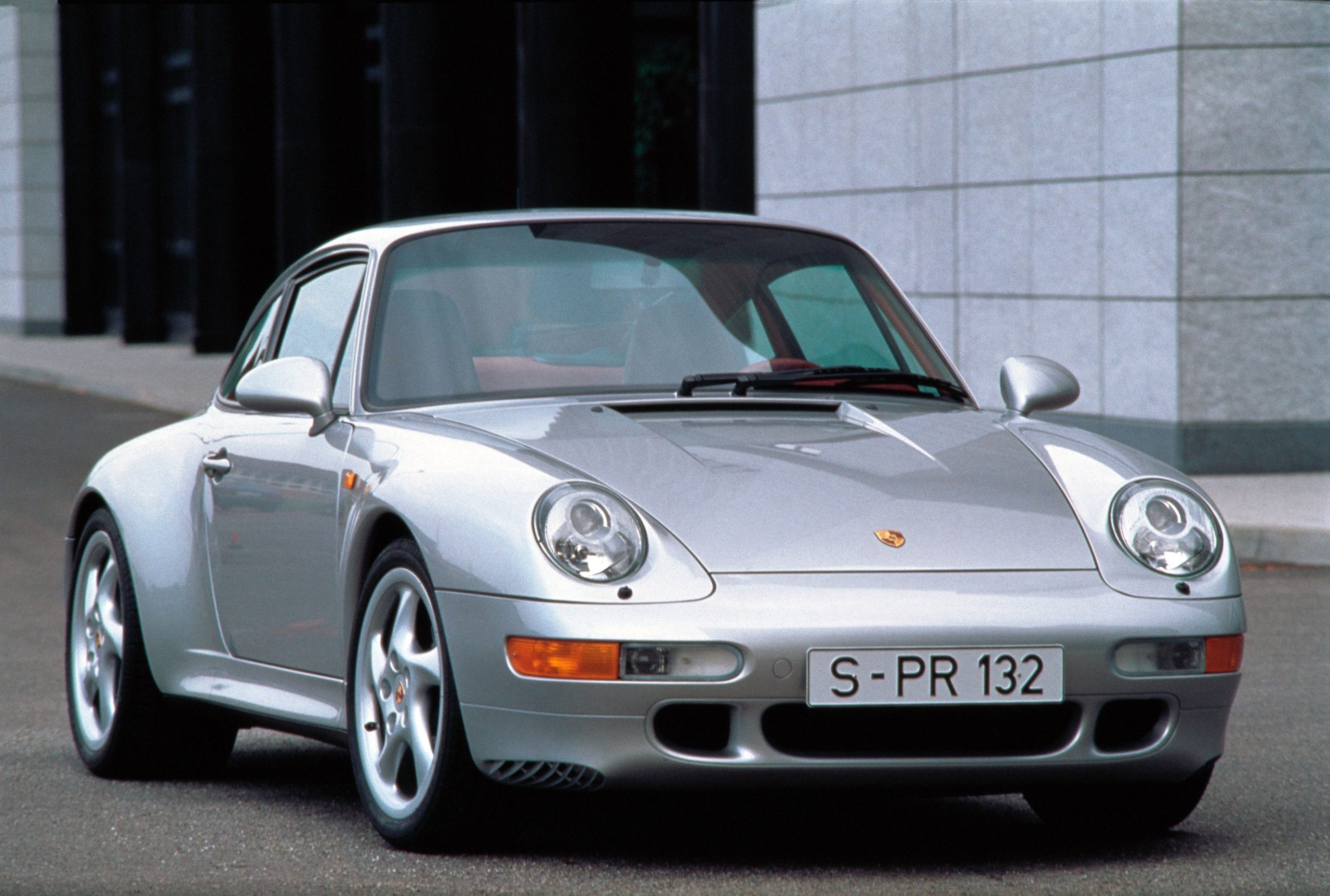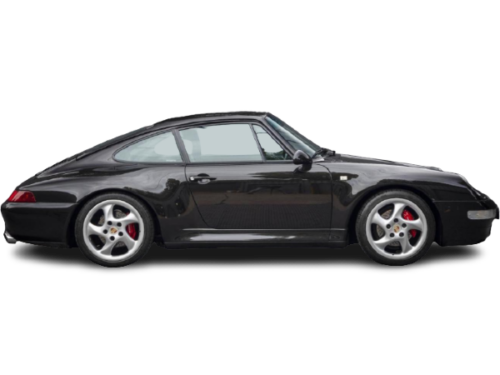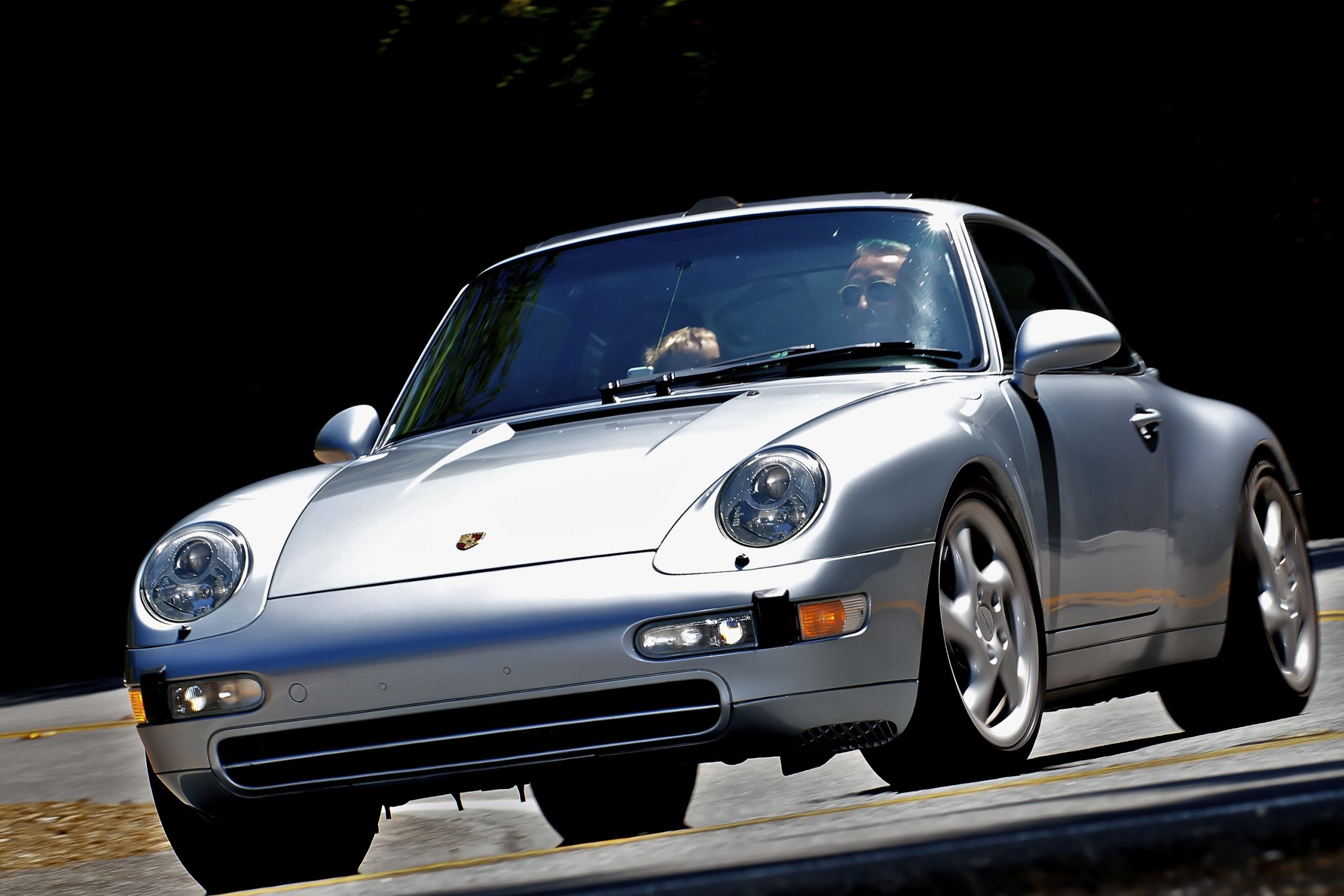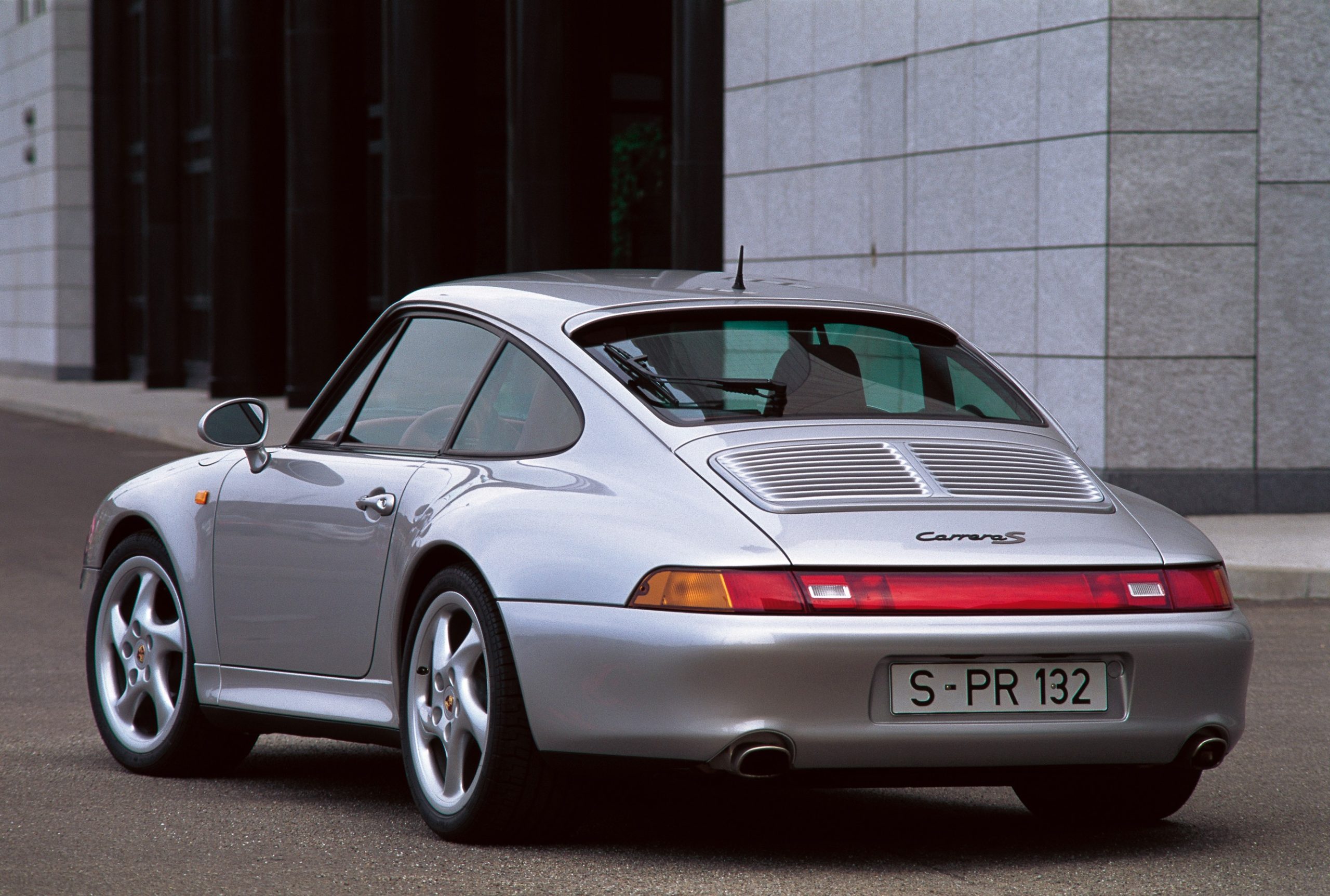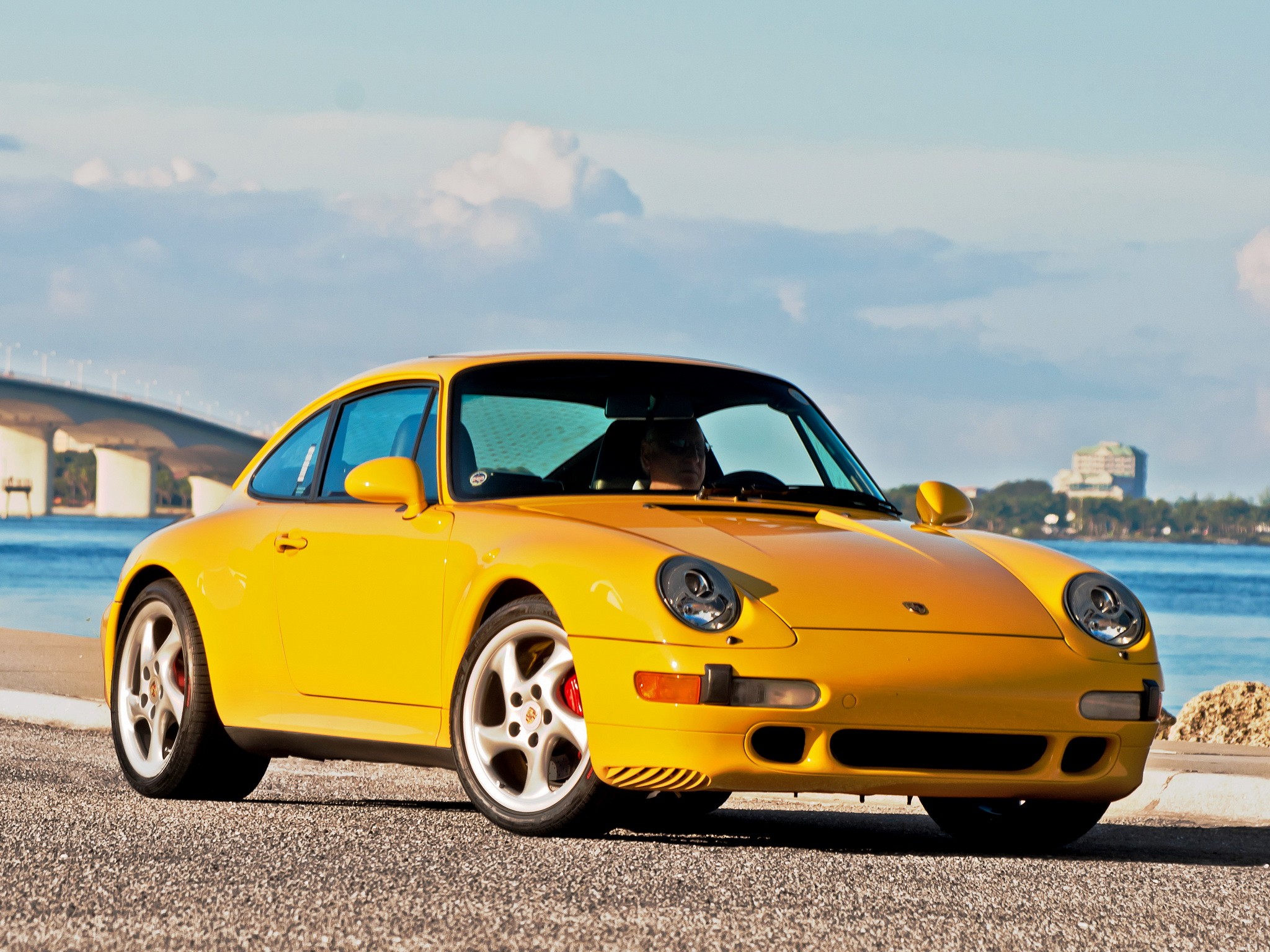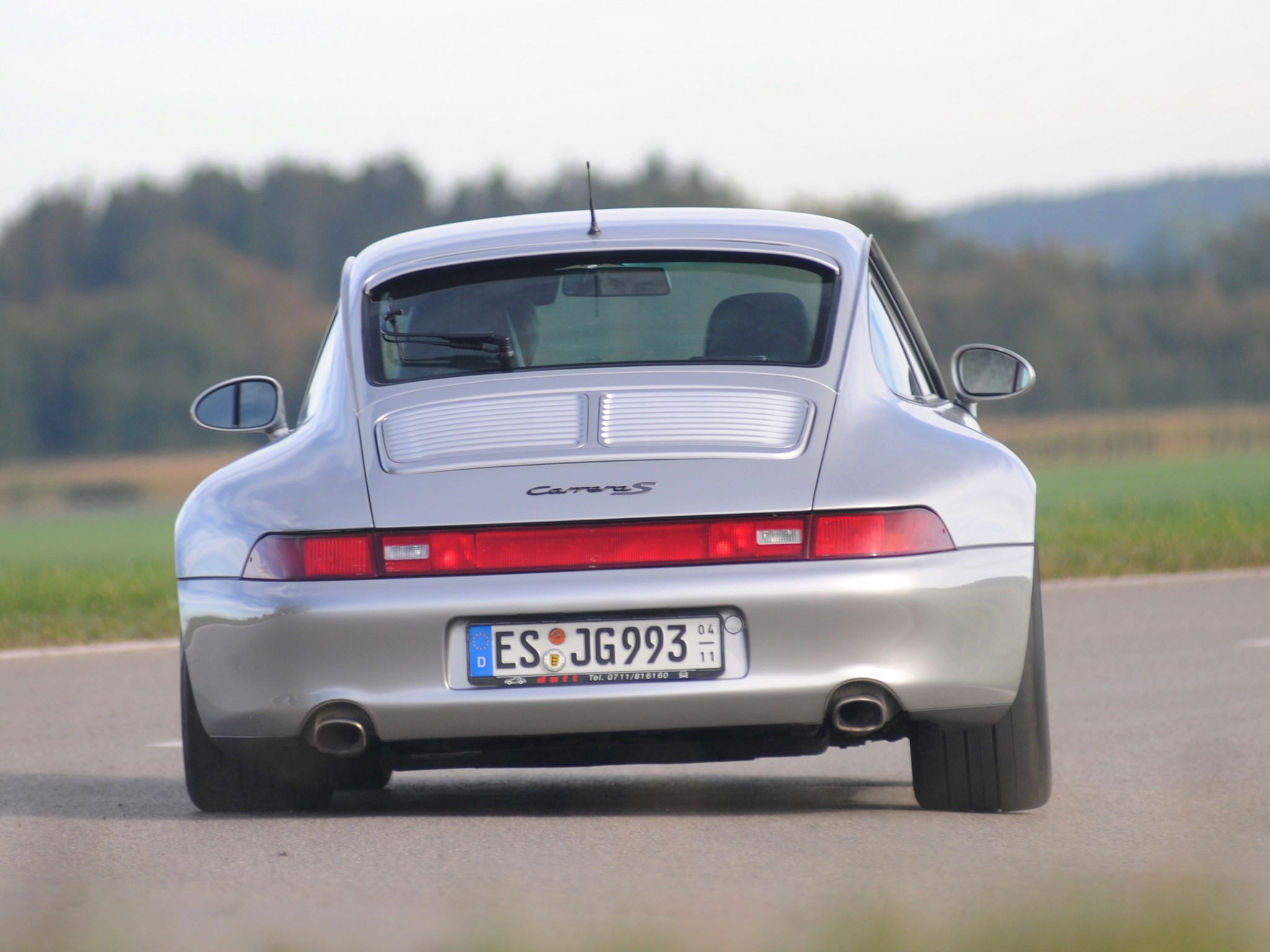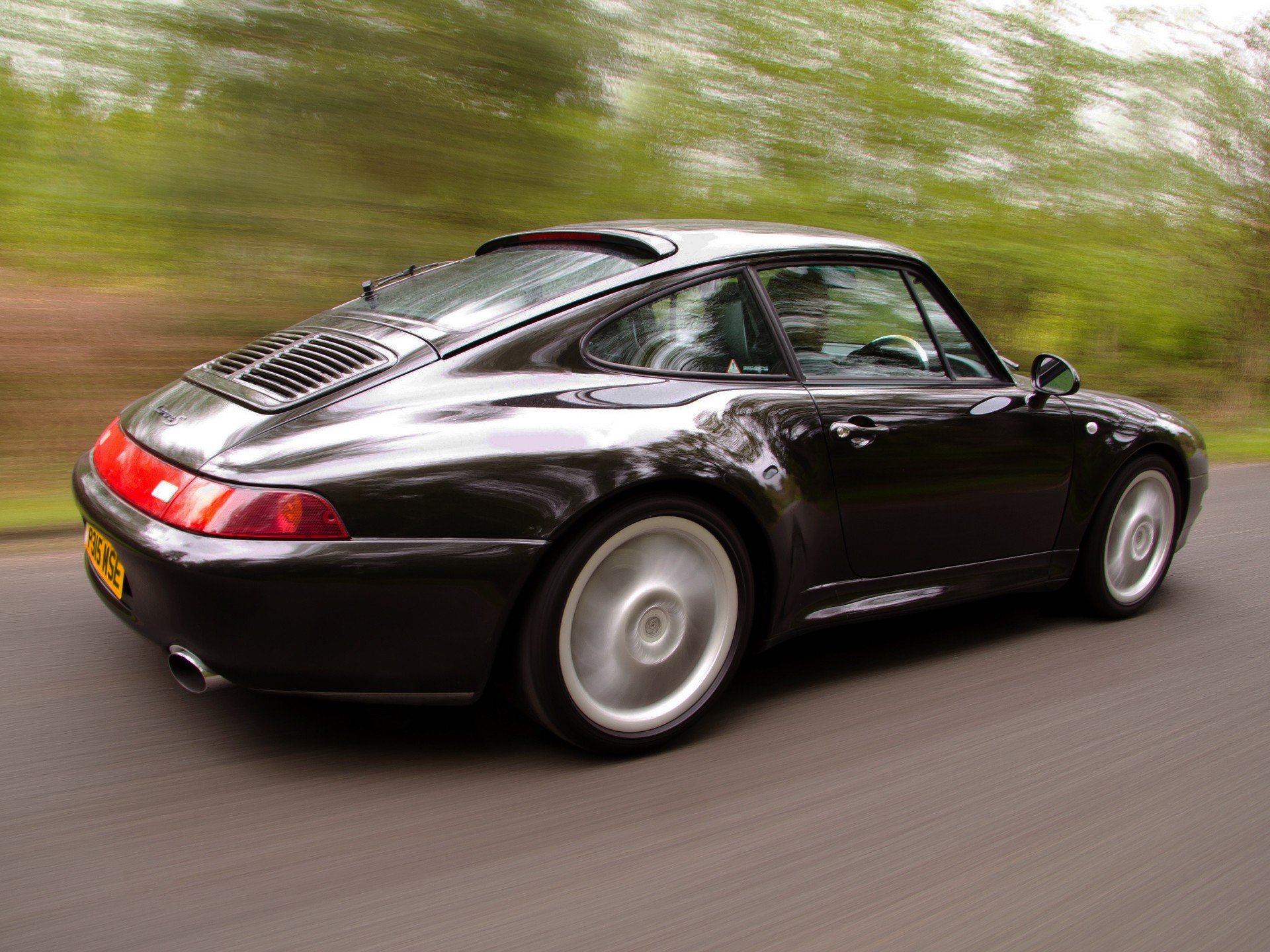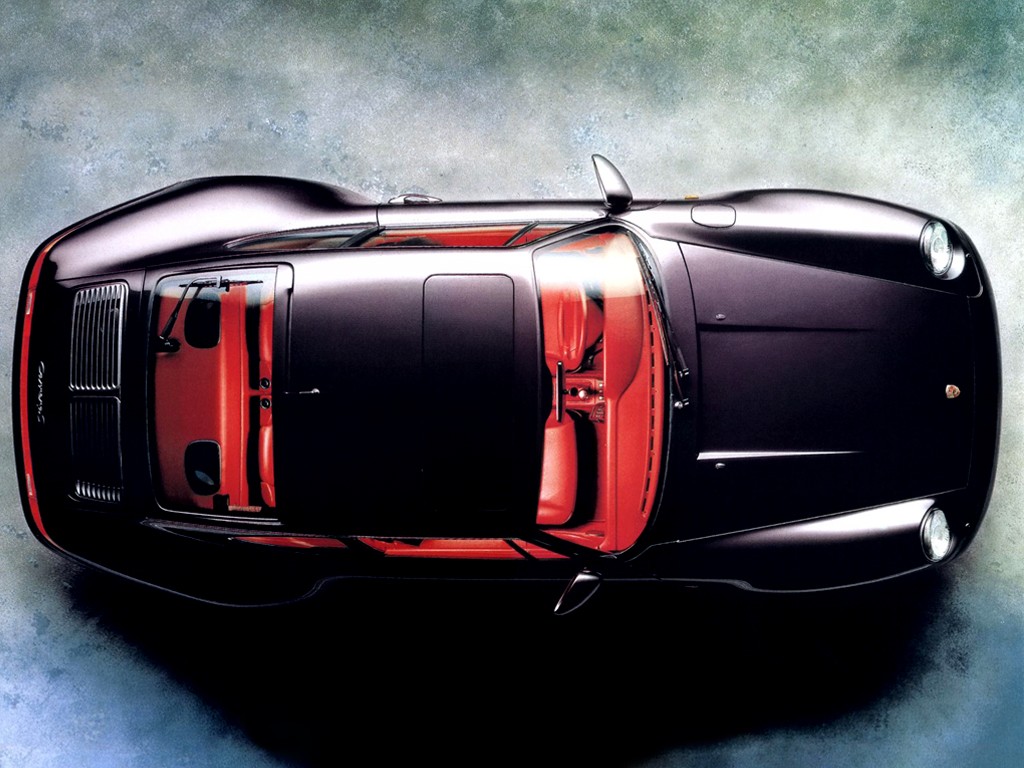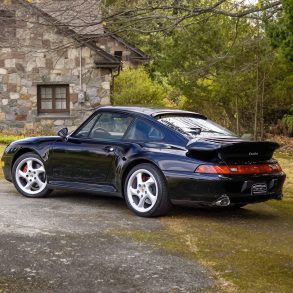(1997 – 1998) Porsche 911 Carrera S – Ultimate Guide
The Carrera S was the ultimate, naturally aspirated version of the Carrera 2. The Carrera S trim for the 993 generation took the same mechanicals of the standard 993 Carrera and put them in the wide body of the Turbo. With three additional inches of width at the rear and a lowered ride height, the car wore 17” inch alloy wheels compared to the 16” wheels on the standard car. A total of 3,714 were made. There was no cabriolet version for the Carrera S except for a handful of factory prototypes.
Porsche decided to offer something more to its customers when it launched the Carrera S version. It featured a stiffer and lowered suspension. Its wider tires made it better in the corners and faster around a race-track than its Carrera 2 sibling. The Carrera S took its bodywork from the Porsche Turbo. But it didn’t get the turbocharger or the all-wheel-drive system. Its wider rear fenders and lowered stance than the Carrera lineup made it a desirable car for the Porsche fans. The engine was the same 3.6-liter naturally aspirated, but it was offered in the higher power output of 285 hp. The only transmission available was a 6-speed manual.
It was fitted with the more powerful version of the 3.6-liter engine available for its sibling. It featured a stiffer and lowered suspension. Its wider tires made it better in the corners and faster around a race-track than its Carrera 2 sibling. The Carrera S took its bodywork from the Porsche Turbo. But it didn’t get the turbocharger or the all-wheel-drive system. Its wider rear fenders and lowered stance than the Carrera lineup made it a desirable car for the Porsche fans. The windshield was not very raked and the sloped back toward the end of the car made a curved line along with the engine lid. A rear spoiler was installed and it was automatically extended over 80 kph (50 mph), or via a button installed in front of the gear-stick.
The interior featured better sport seats with better support on the shoulders to keep its occupants in their seats while hard cornering. There were two seats in the back, basically only to place some bags, not humans, since they were very small and there were limited legroom and headroom. The instrument cluster featured five dials, with the tachometer in the middle and the Carrera S logo on it. The climate controls and the stereo were mounted in line with the steering column.


